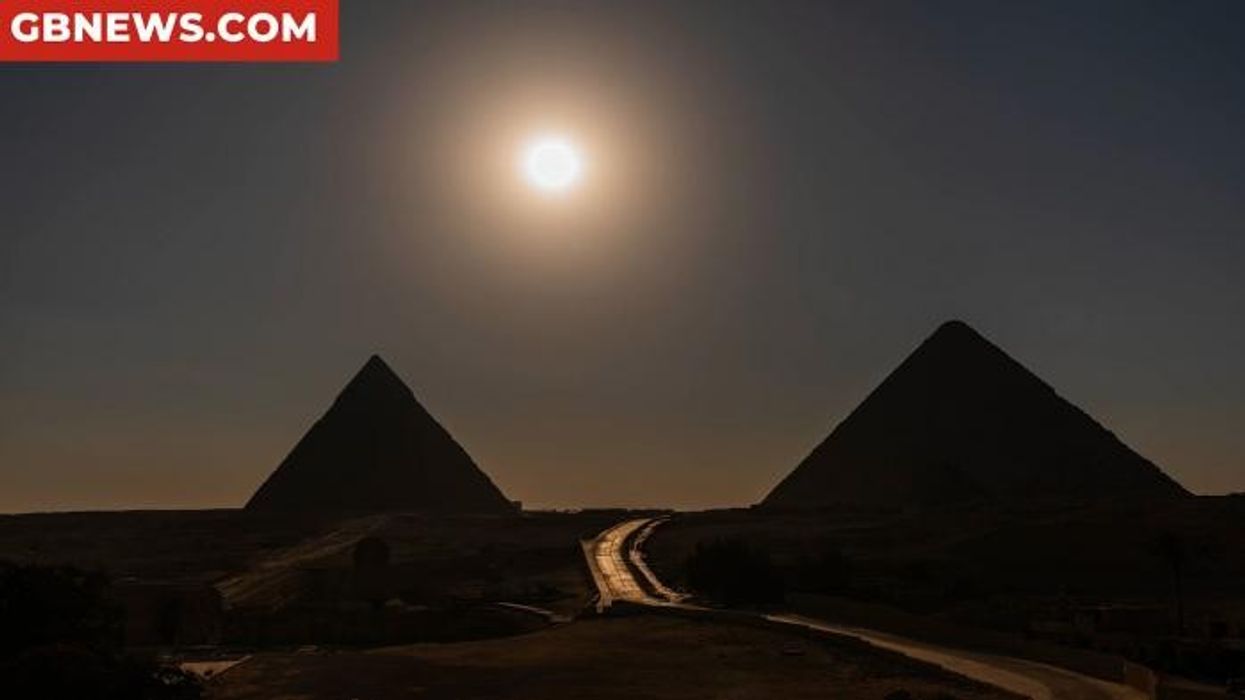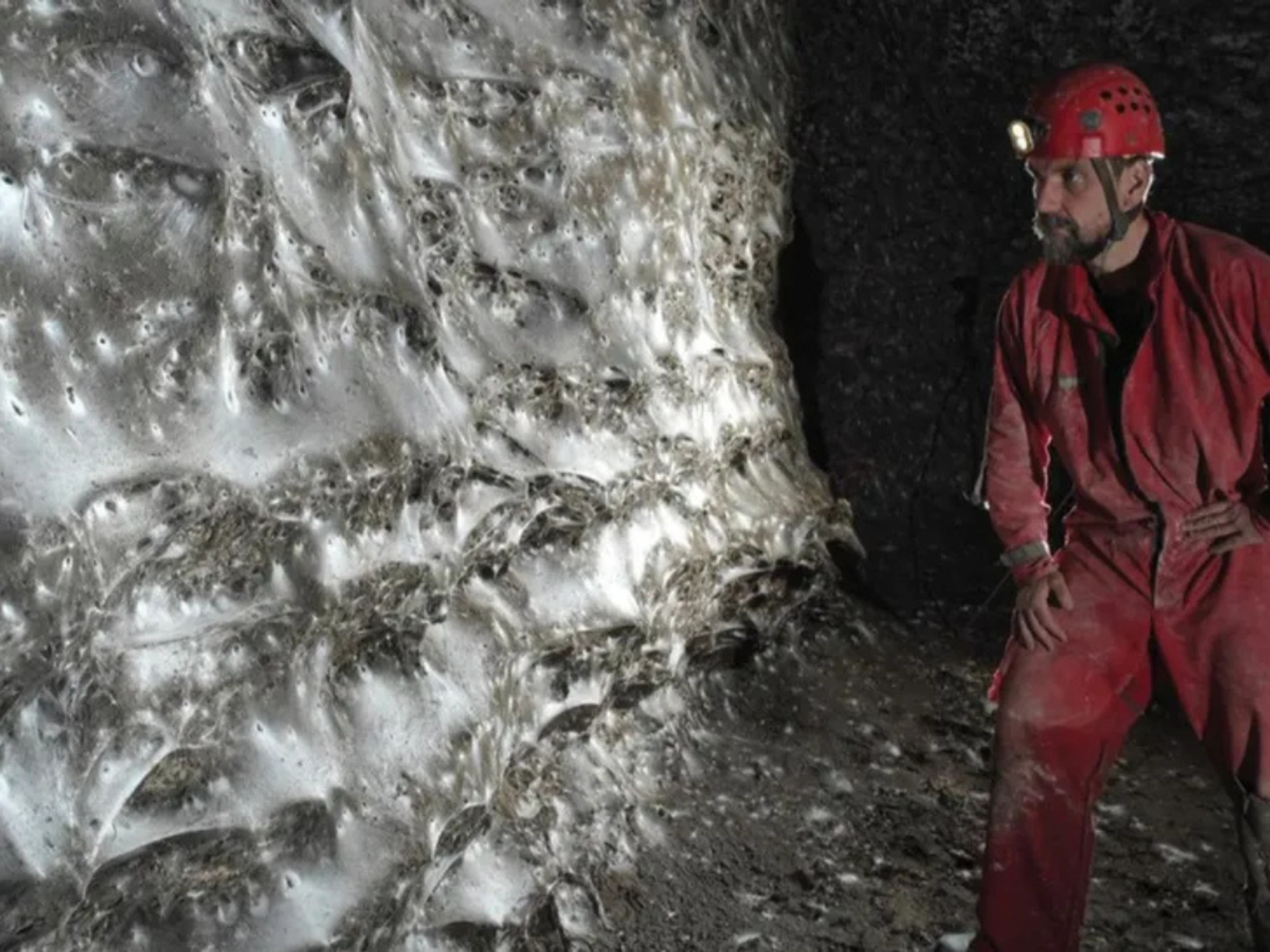Archaeology breakthrough as three ancient Mayan cities unearthed and 'astronomical complex' for tracking cosmos discovered

Further excavations have yielded human remains alongside two feline skeletons, pottery vessels, shells and arrowheads
Don't Miss
Most Read
Latest
Archaeologists have uncovered the remains of three ancient Maya cities in the dense Petén jungle of Guatemala, the country's Ministry of Culture and Sport has said.
The sites, positioned approximately five kilometres apart in a triangular arrangement, were established during what researchers term the "middle preclassic" period, spanning from roughly 1000 to 400 BC.
The most significant of the three sites has been named "Los Abuelos" or "the grandparents" after two stone sculptures discovered there depicting a man and a woman.
These figures are thought to represent ancestors of the site's inhabitants.
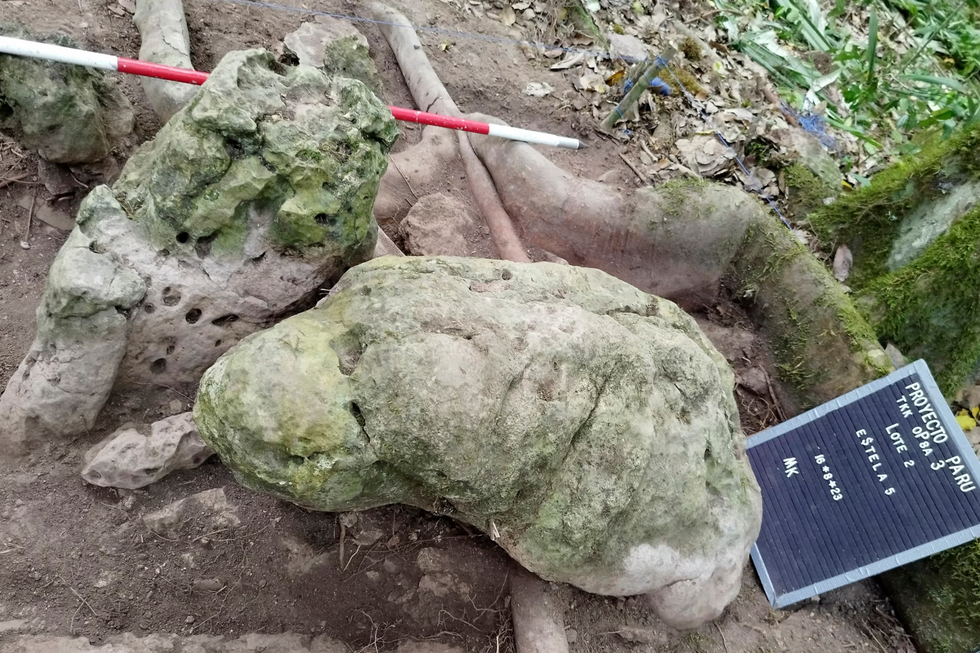
The Los Abuelos site takes its name from two human-like sculptures of an 'ancestral couple', pictured here
| GETTYLos Abuelos appears to have served as a ceremonial centre for the surrounding population.
The site features an astronomical complex with structures strategically aligned to record solstices and equinoxes with precision.
Further excavations have yielded human remains alongside two feline skeletons, pottery vessels, shells and arrowheads.
Researchers also uncovered a frog-shaped altar and an engraved stone slab called a stela bearing Maya script that awaits translation.
The second major discovery, a city named Petnal, features a towering pyramid reaching 33 metres in height.
MORE MAYAN BREAKTHROUGHS:
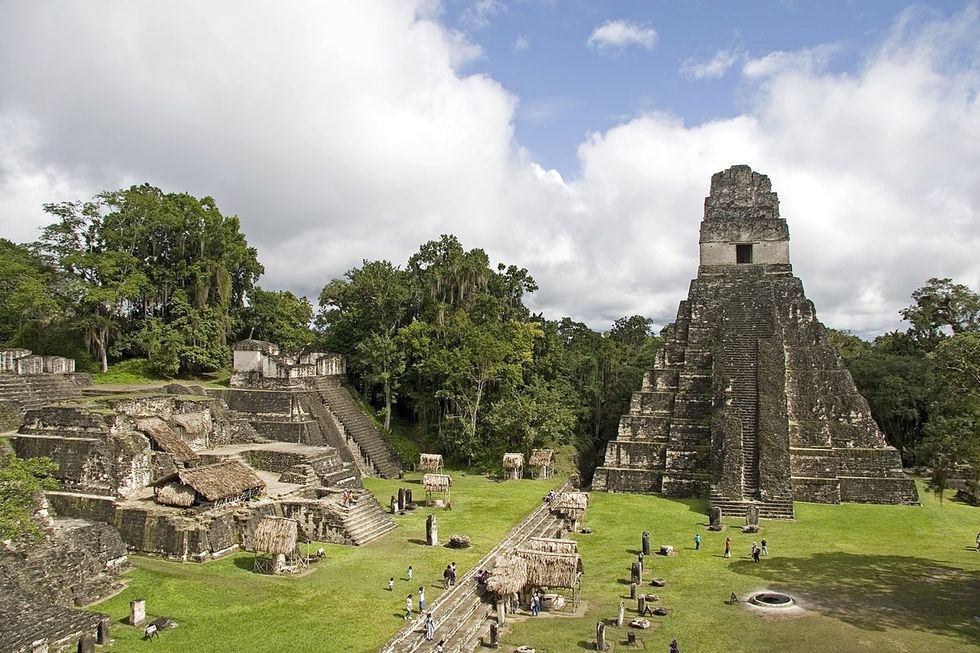
The remains are the latest in a string of impressive archaeological finds in the Peten region
| WIKIMEDIA COMMONSThe pyramid's flat summit contains a chamber where archaeologists discovered remnants of ancient murals.
Though only traces of red, white and black pigments remain visible on the walls, further investigation is required to decipher the murals' original imagery.
The site likely functioned as a political centre for the region.
Similar to Los Abuelos, Petnal also contains a frog-shaped altar. In Maya mythology, the frog symbolises fertility and rebirth, with comparable altars discovered at other Maya sites where they presumably played roles in ritual ceremonies.
The cities are thought to have remained occupied for nearly two millennia before their abandonment approximately 1,100 years ago.
This collapse coincided with the broader decline of numerous Maya urban centres throughout the region during that era.
LATEST ARCHAEOLOGY NEWS:
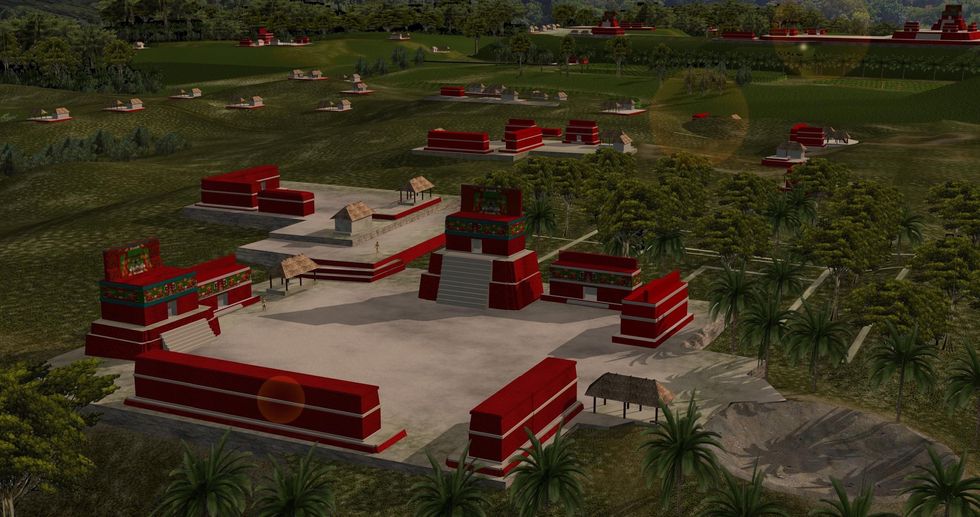
An artist's impression of the three-site complex including Los Abuelos, Petnal and Cambrayal, featuring an 'astronomical complex'
|NEURON FOUNDATION
But researchers have hailed their sophisticated urban planning and the astronomical knowledge of ancient Maya civilisation.
Los Abuelos flourished during the Middle Preclassic (1000-400 BC) and Late Preclassic periods (400 BC-300 AD) before being abandoned and later reoccupied during the Late Classic period (600-900 AD).
The stela or stone slab discovered at Los Abuelos holds particular promise.
Once its Maya inscriptions are deciphered, the text could reveal crucial details about the site's inhabitants and their history.
These discoveries underscore the continued archaeological potential of Guatemala's Peten region, where dense jungle vegetation has hidden numerous ancient settlements for centuries.


